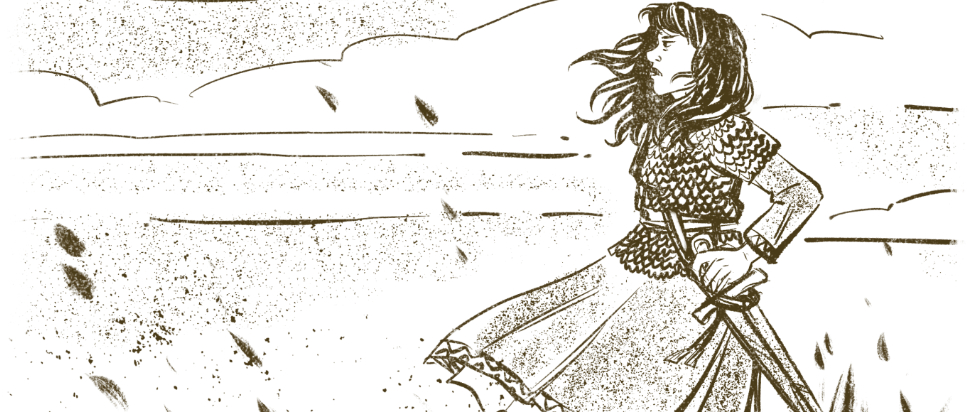
Making Friends with Swords in The Vorpal Almanac
This feature is a reprint from Unwinnable Monthly #165. If you like what you see, grab the magazine for less than ten dollars, or subscribe and get all future magazines for half price.
———
This series of articles is made possible through the generous sponsorship of Exalted Funeral. While Exalted Funeral puts us in touch with our subjects, they have no input or approval in the final story.

The Vorpal Almanac, written by Levi Combs and illustrated by Sally Cantirino, wants to put an end to boring swords in your tabletop campaigns.
Swords, writes Combs in the book’s introduction, need “to feel lived in.” And that’s exactly the focus of the 22 blades of The Vorpal Almanac, designed for use with Old-School Essentials, but probably flexible enough to adapt for other tabletop role-playing games that feature swords. Pictured in Cantirino’s beautiful illustrations and Combs’ sharp descriptions, the weapons do have +1, +2, or +3 tags, and might grant additional abilities. But they also speak of their previous lives with other owners and hint at where you might take them next in your own adventures.
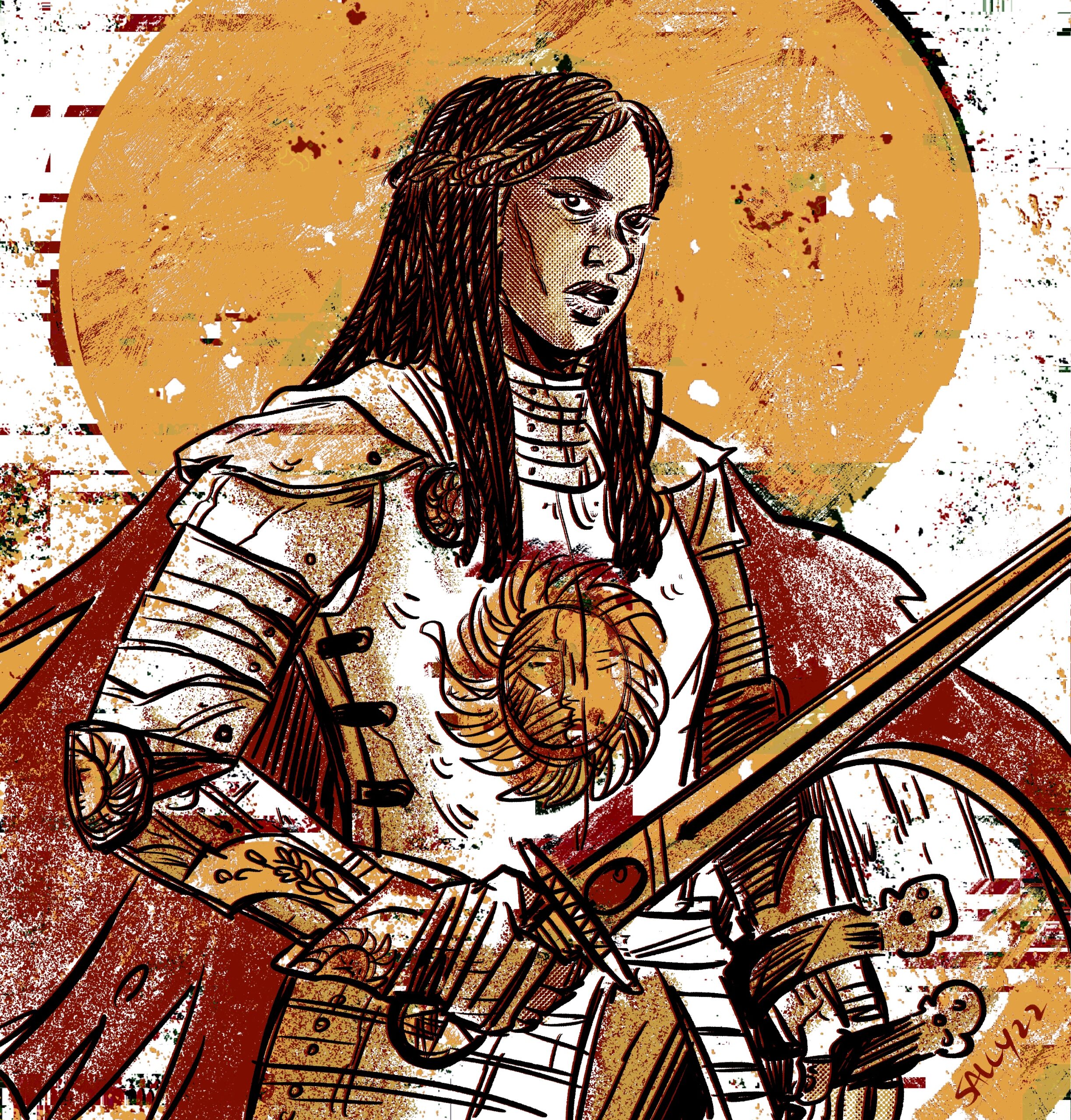
Flayleaf, for example, was once wielded by an elven prince before slaying him for his unworthiness to hold it. Now it won’t allow itself to be used by elves – unless you could perhaps break the curse. Or perhaps you prefer to use Netherfang, at least for a while. But once this sword consumes nine souls, be aware that it will return to the hands of the Nymphs who are its keepers and seemingly indelibly bound to it.
Combs drew from myth and legend when creating these blades – the introduction points out that swords “appear in the folklore of literally every real-world nation that has used [them].” He tells me his personal favourite legendary weapon is Durendal, the sword of Roland, a semi-historical paladin from medieval French epics. In The Song of Roland, Durendal is said to contain multiple saints’ relics, and to be indestructible, even when Roland tries to break it to avoid it being taken by the enemy.
“[Durendal] was said to have been able to cut through stone like butter and have an exceptionally sharp edge,” says Combs. In fact, it was supposedly able to cut boulders in single swings. But that sense for where history, legend, and the blurring between them has inspired narrative also bleeds through Combs’ description. “Roland also carried a horn named Oliphant, which he would use to signal his allies. Sounds a bit like Tolkien’s inspiration for Boromir, eh?”
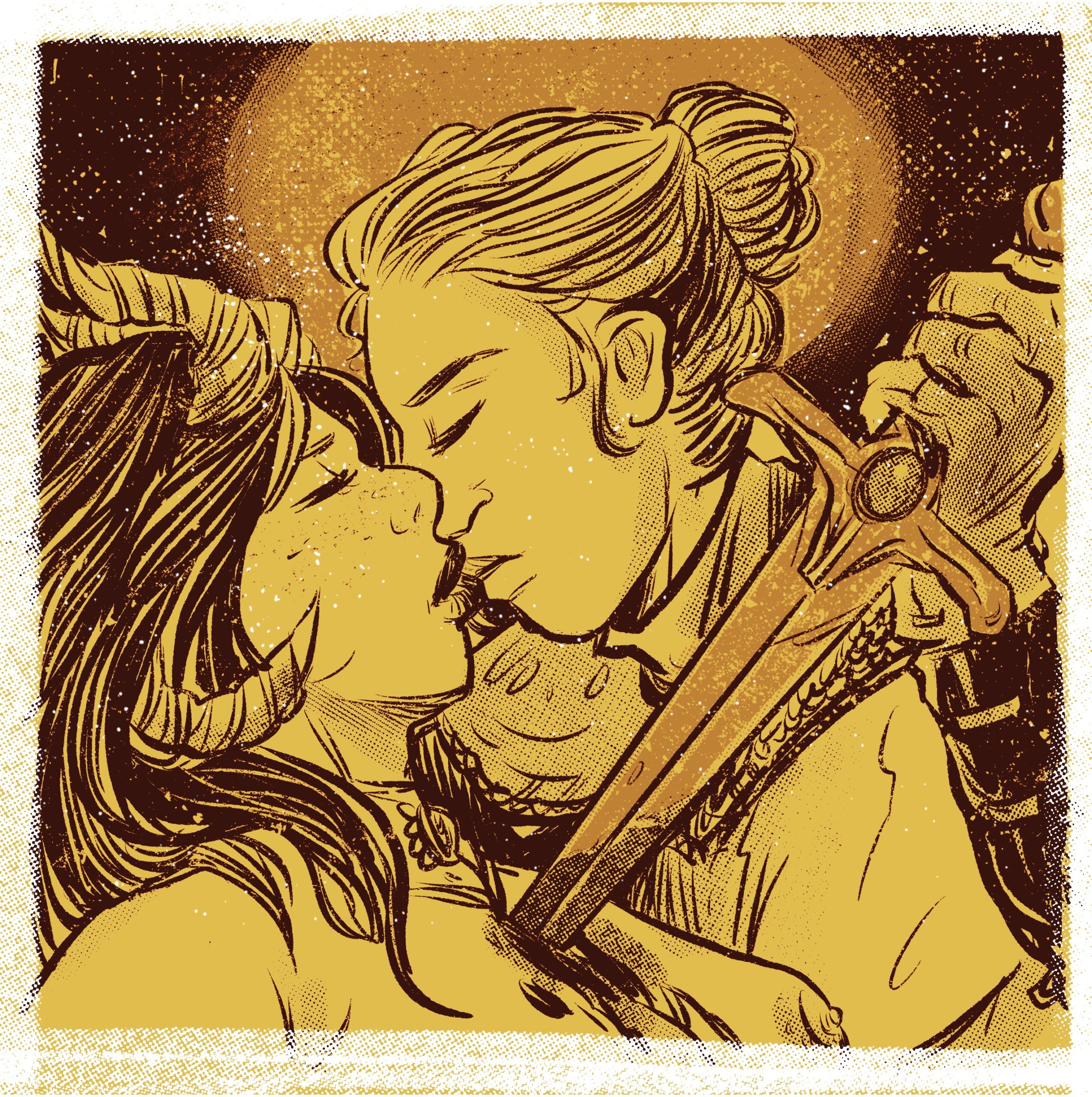
As well as tales from the past, much of Combs’ inspiration for these particular weapons also came from Cantirino’s original illustrations. “The real catalyst is Sally’s incredible art. Everything flows from there,” he says. “Her work is so instantly recognizable and provokes a multitude of ideas when you see it.”
Producing the illustrations first was a backwards approach to Cantirino’s other experience in TTRPGs, where she usually follows work that has already been written or at least ideas from the writer or game designer. But she had been participating in the “Swordtember” challenge during 2020, drawing one blade-based illustration for each day of the month.
Cantirino says that during those pandemic days she started watching a lot of Forged in Fire, a competitive TV show in which four blacksmiths compete in various weapon-making challenges. “It was my comfort show, and I unintentionally absorbed a bunch of different sword types from different eras of history and regions of the world into my brain,” she says. “When I started doing Swordtember, I worked from a combination of general one-word prompts and a list of sword types I wanted to draw, did some research, and built narratives around that.”

She had thought that the illustrations might become a zine, but Combs came across them and reached out about collaborating on a TTRPG supplement, which would eventually become The Vorpal Almanac. They set up a Zoom call to choose which of the illustrations to work with, and Cantirino passed on some of the ideas or references she had had while drawing. “Some of those narratives or ideas made it into Levi’s writing, sometimes – most of the time! – Levi came up with something much better,” she says.
Taken together, the illustrations and the words span folkloric inspirations from around the world, as well as different kinds of fantasy. The right blade to choose of course depends on the specifics of your story and character, but asked to make a decision, both Combs and Cantirino independently choose Mournshard, the Ioun Blade.
Combs returns to the idea of it feeling “lived in and marked for purpose.” To summarise in a way that doesn’t do justice to Combs’ writing, Mournshard’s past is a rumor that claims it was originally created by the reclusive wizard group known as the Twilight Tribunal, who fled underground but were eventually ruined. Even though it’s made of an amethyst splinter and has the helpful second function of storing up to six 3rd level spells in the pommel, the sword has remained elusive since it was retrieved from the wizards’ underground home. Once, it was seen held by an elf adventurer, but when he fell in battle, it was seemingly lost. And Cantirino’s illustration raises even more questions, with a shrouded skeleton in a crystal crown seeming to caress the blade.
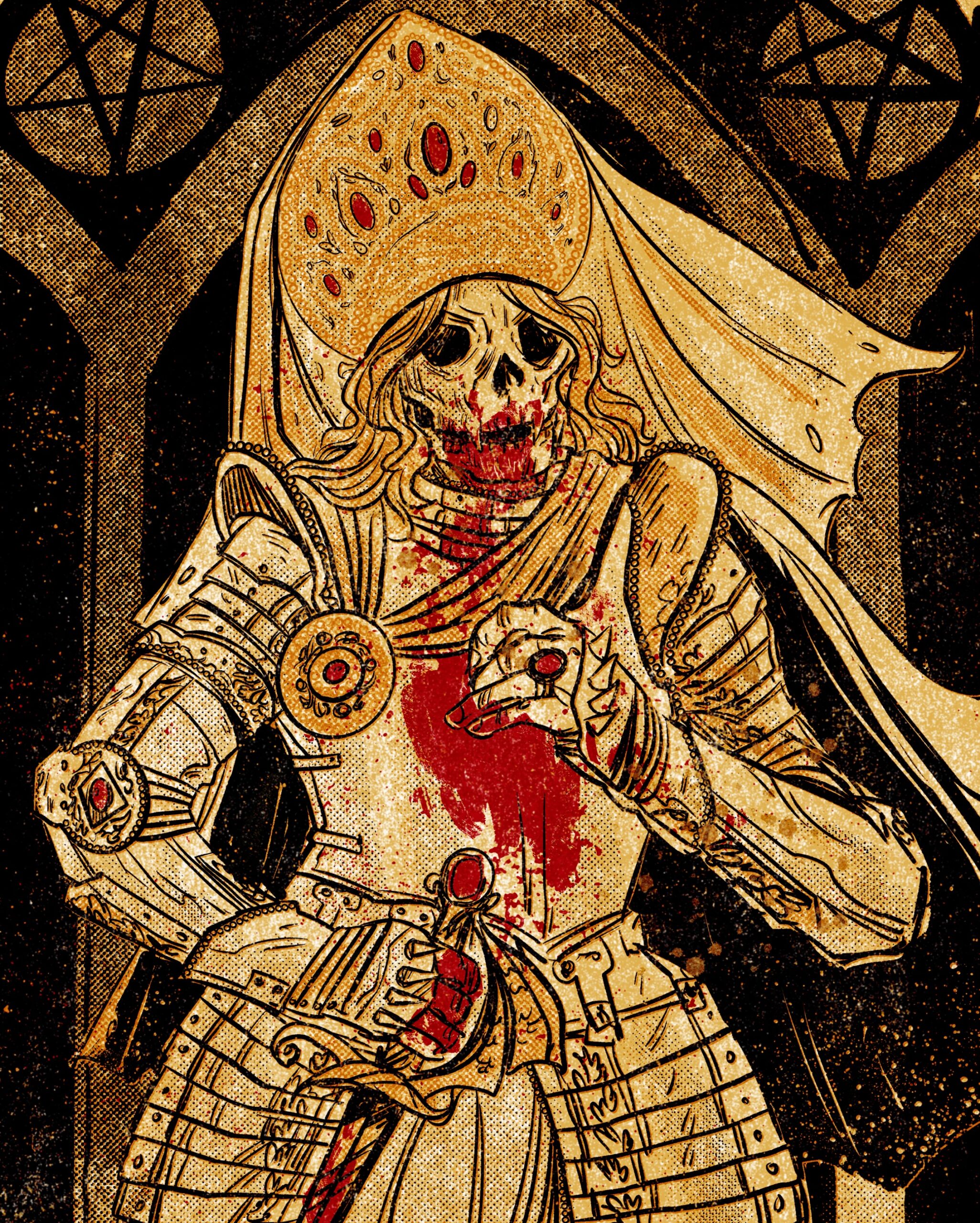
This kind of backstory, given to an otherwise mundane item, leaves a lot of doors open for exploration at the table. But even without deliberately entering any of them, it gives a sense that the universe has been moving far beyond the seams of whatever story you’re telling in the game. By making the sword feel lived-in, so too does the world at large.
Also, as Cantirino points out, “I think a crystal blade would look extremely cool. Like, it’s what I imagine Stevie Nicks would wield in battle.”
* * *
Buy Vorpal Almanac now at Exalted Funeral.
Keep up with Planet X Games and the art of Sally Cantirino on Instagram.
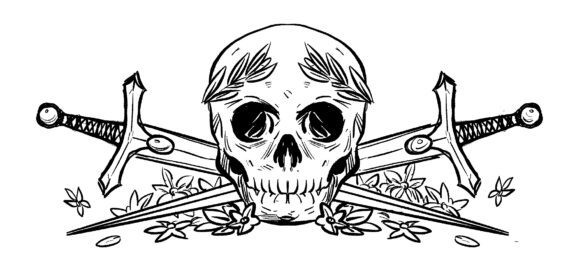
———
Jay Castello is a freelance writer covering games and internet culture. If they’re not down a research rabbit hole you’ll probably find them taking bad photographs in the woods.




